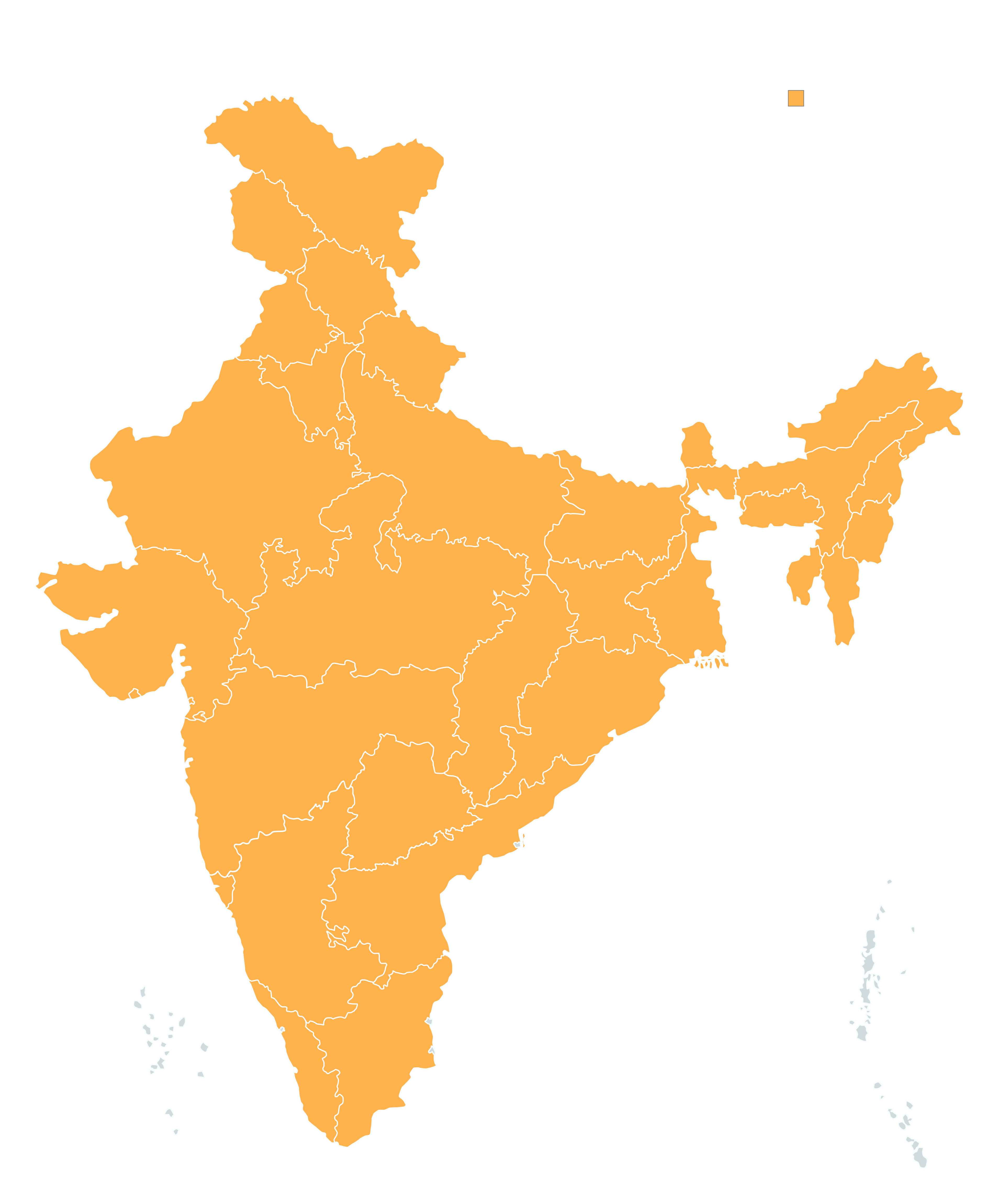
Our Services
Empower your business with HanuAI's cutting-edge services, combining software engineering, AI, and data-driven intelligence. Our tailored solutions are designed to solve real-world challenges and accelerate digital transformation.
Web & App Development
From responsive websites to scalable mobile apps, we deliver high-performance digital solutions tailored to your business goals.
Read MoreComputer Vision & Annotation
Harness live video & image classification with our custom vision AI and smart annotation tools for accurate AI training.
Read MoreAI-Powered Chatbots & Predictive Analytics
Smarter interactions powered by NLP, OCR & predictive analysis – enabling intelligent chatbots and data-driven business decisions.
Read MoreGIS & Data Intelligence
Unlock location intelligence with GIS mapping, spatial analysis & advanced data visualization for smarter decision-making.
Read MoreOur Presence
"Expanding Across Regions, Growing With Trust"

Across Globe
United States
Italy
Indonesia

Across India
Jammu & Kashmir
Himachal Pradesh
Punjab
Haryana
Delhi
Uttar Pradesh
Bihar
Jharkhand
West Bengal
Assam
Meghalaya
Rajasthan
Madhya Pradesh
Chhattisgarh
Odisha
Gujarat
Maharashtra
Telangana
Andhra Pradesh
Karnataka
Kerala
Tamil Nadu
Awarded By
Recognized and honored for excellence in innovation, technology, and business impact by prestigious organizations.
.png)








